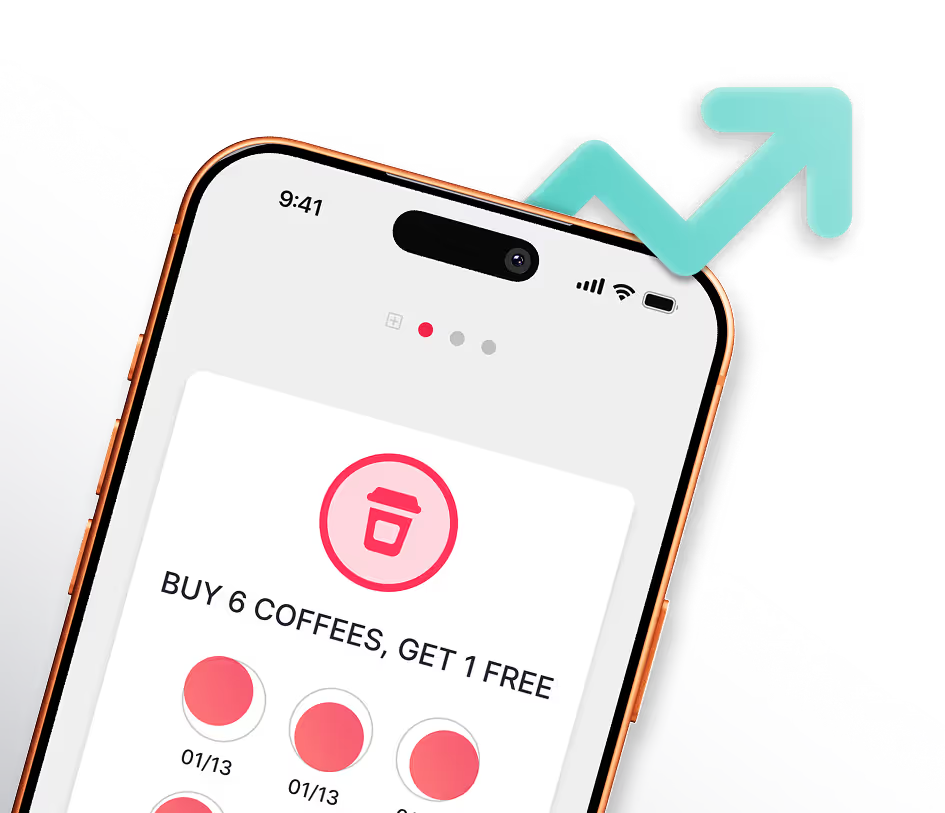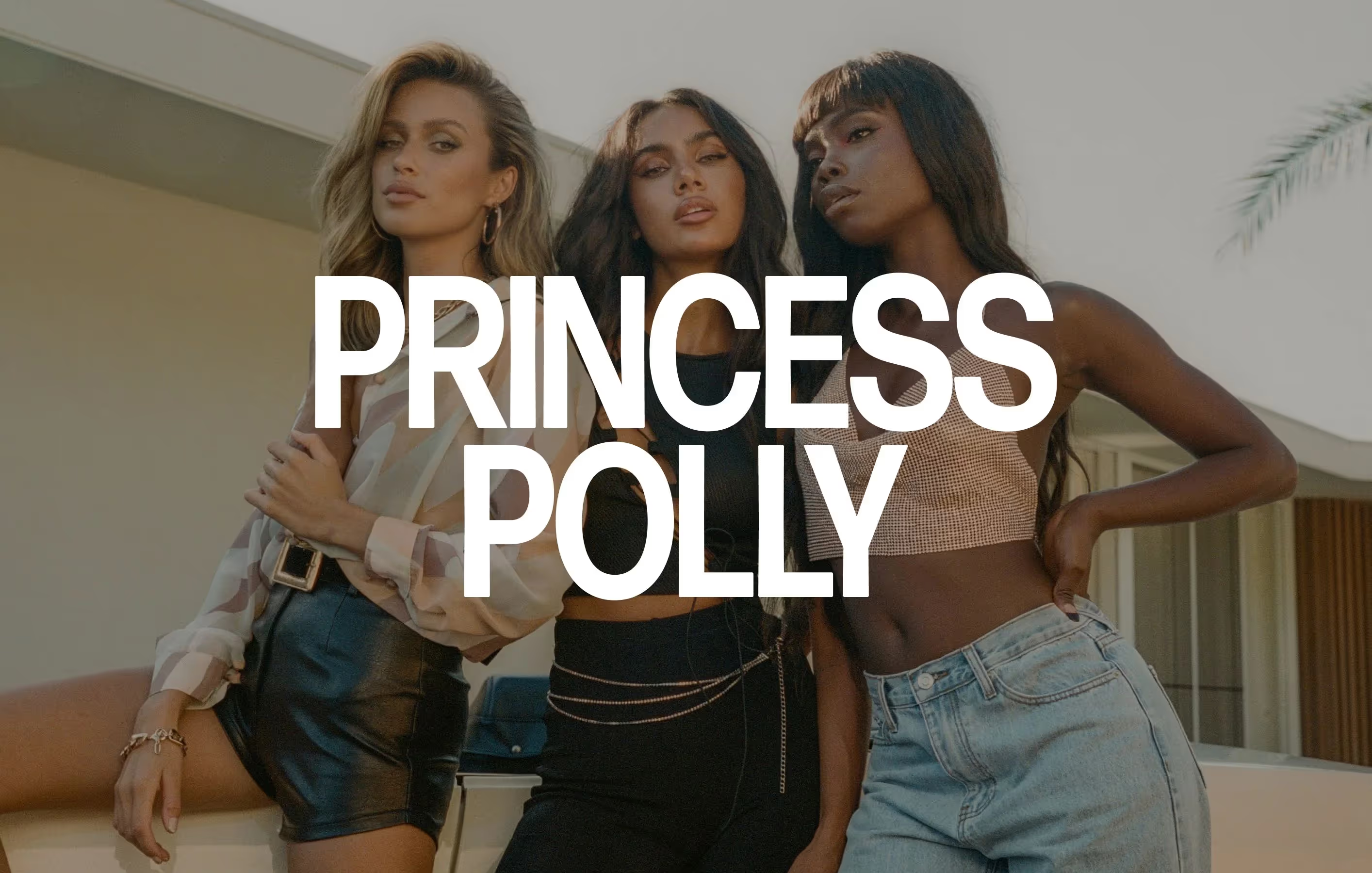8 Examples of Awesome Approaches to Reward Programs

Before we list some reward program examples, it’s good to establish that businesses now have a lot more loyalty program options at their disposal than they used to. The explosion of digital loyalty apps, multi-tiered rewards programs and social media integration means that brands can now reward customers for engagement, not just spending. The rewards have changed, too. Discounts and freebies still work like a charm for certain industries. However, many customers now seek experiential rewards and VIP treatment over monetary rewards. Beyond these key pillars of a successful loyalty program, there’s no magic formula for operating your loyalty program.

What works for the corner-shop café down the street won’t necessarily work for a nation-wide fashion retailer. A fast food chain’s loyalty program structure might not work for a hair salon. The key is to create your own unique loyalty program that captures the essence of your brand, and rewards your audience in its own special way. Here are a few reward program examples and different approaches brands have taken to give you some inspiration and ideas...
1. Spend-based Model: Boots Advantage Card

In a spend-based reward program, customers accumulate loyalty points or stamps according to the amount they spend with a business. For example, $1 might equal 1 loyalty point, with rewards starting at 250 points and rising in value from there.This type of program is very easy to understand, create and maintain.Boots, a healthy and beauty retailer/pharmacy operating in the UK and Europe, offers customers a Boots Advantage Card.The Boots Advantage Card uses a spend-based system, where customers earn 4 points for every £1 spent online or in-store. Every point earned is worth a penny, so 80 points earned on a £20 spend equals 80p.This essentially equates to a 4% discount on all Boots expenditures, with the Advantage Card. Using the card is easy: customers show staff at POS, or select the Advantage Card icon at checkout online.In addition, students receive an extra 10% discount on every purchase with the Boots Advantage Card. Boots also holds Mega Points Weekends, where customers can earn extra points for spending over X amount in-store or online. For example, customers might be awarded 1000 extra points (worth £10) when they spend £50 during a Mega Points Weekend.
2. Item-based Model: Fitzrovia

An item-based system quite literally rewards customers for the repeat purchase of an item, with that same item. For example, buy nine coffees and get your 10th free. Upon redeeming your free coffee, the system resets and you start back with your first “stamp”.This is the most traditional form of customer loyalty programs. In fact, you still see it in cafes, car washes, hair salons, vape shops, and retailers around the world. It’s incredibly straightforward for both the customer and the merchant.Busy Melbourne restaurant Fitzrovia uses a digital punch card to engage customers with an item-based rewards structure, to great success.
3. Percentage Spend Model: Co-op Membership Card

Another take on customer discounts is to give them a percentage of their spend back as a store credit. For instance, spending $100 online or in-store earns you a $5 voucher. This voucher can then be used on any of the brand’s products or services.This is the technique The Co-operative Food (a sort of umbrella association of food retailers across the UK) went for, with its Co-op Membership Card.

When cardholders purchase selected products in any Co-op store, 5% of the total transaction amount is added to their account. Customers can spend this credit on any Co-op products.In addition, Co-op donates 1% of all members’ spend to good causes of the customer’s choosing in the local community.
4. Experiential Rewards Model: Nordstrom’s Nordy Club
There are other ways to incentivize customer loyalty besides discounts and monetary rewards.According to the Brookings Institute, 72% of Millennials prefer to spend money on experiences rather than material objects.Considering that Millennials are projected to make up 75% of the workforce by 2025, this emphasis on experiences is already playing a huge role in the way brands engage this new generation.By using experiential rewards to incentivize consumers to consistently engage your business, you’re offering something far more valuable than discounts. The social currency of experiential rewards also helps to create brand ambassadors.

U.S. luxury department store Nordstrom is well aware of this fact. That’s why the Nordy Club loyalty program offers perks such as:
- access to exclusive events and workshops
- curb-side pickup options
- free basic alterations
- first dibs on Nordstrom Rack’s “Clear the Rack” sales
- a whole host of other VIP perks and benefits
Notice how none of these rewards actually cost Nordstrom any money? They are all centred around providing customers with a more convenient and exciting experience, rather than money-saving offerings.The program is split into tiers (Member, Insider, Influencer and Ambassador), and your status is determined by how much you spend. The more you spend, the better your customer experience is, thus cementing you in the Nordy Club culture.
5. Paid Membership Model: Amazon Prime

It might seem counterproductive to charge a fee for a loyalty program membership. But by doing so, this allows you to offer much more enticing rewards and a greater customer experience.Of course, this model won’t work for every type of business, but it has worked a treat for Amazon Prime. At $119 a year (or $12.99 a month) Amazon Prime members get a lot of bang for their buck.First of all, Amazon Prime members can stream all their favourite movies, TV shows and music.For anyone who likes to stream, this essentially makes your Netflix and Spotify subscriptions obsolete, and thus already pays for itself before you’ve even started on the fast, free and convenient delivery options, early access to Lightning Deals and other VIP perks.It’s also a very simple system for businesses and customers to manage. Why? Because members get all the bells and whistles for their monthly subscription fee or annual upfront payment.
6. Referral Program Model: WeWork

No list of reward program examples would be complete without discussing referrals.A referral program and a loyalty program are two different things. However, both systems reward your existing customers and motivate favourable consumer behaviour. A referral incentive is a great feature to include in any loyalty program that you incorporate into your business.Shared workspace provider WeWork offers new members a complimentary month for every 12-month commitment when referred by an existing member. Referrers can receive up to $5000 for their referral (depending on the size and scope of the new member’s subscription).Rideshare apps are also known for their enticing referral programs, along with money transfer companies and other app-based services.
7. Receipt Scan for Direct Engagement: Huggies Rewards

We’ve covered the various rewards structures that a business can use for its loyalty programs. There are also many methods for which a brand can validate loyalty points and rewards.For example, despite being one of the most well-recognized diaper brands in the market, Huggies needed a way to directly engage its end-customers. This can be tricky when you sell your products through third-party retailers, pharmacies, wholesalers and so on.Huggies’ solution was to create a digital loyalty app with receipt scanning technology. Customers are required to scan their receipts and upload them into the app in order to earn rewards points.
Huggies Rewards uses a spend-based model, where customers earn 10 points for every dollar spent on Huggies products. Customers can cash these points in for:
- discounts
- freebies
- charitable donations on the customer’s behalf
- gift cards from leading brands like Starbucks, Target and Walmart
- entry into sweepstakes (i.e. $400 Lululemon gift card)
However, it’s the way in which customers interact with Huggies Rewards that makes this example of a rewards program unique.
By having customers upload their receipts into the rewards app, Huggies gains insight into:
- what else customers are buying
- where they are buying it
- what time of the day/day of the week they are shopping for baby products
- a whole host of other information.
This data allows Huggies to send tailored offers and targeted communications, and make necessary adjustments within the business based on what the consumer insight is telling them.Learn more about Huggies’ approach to brand loyalty and customer retention.
8. Training & Education: McDonald’s Staff Incentive Program

Finally, there’s no rule that says rewards programs need to be aimed at customers. More and more companies are creating internal rewards programs for the purposes of training and education.By offering incentives, brands can motivate their staff to learn about the products they sell, improve their customer service skills, educate themselves on company policies and best practices, and a whole host of other things.McDonald's is the perfect example of a reward program geared towards staff.McDonald’s doesn’t just reward its customers for their ongoing loyalty – it also incentivizes its staff to become five-star employees. McDonald’s workers are offered various rewards and entered into all kinds of prize draws that operate almost identically to some of the reward program examples mentioned above.One such example is the Five Vital Ingredients to Great Customer Experience. This is a framework for the model McDonald’s employee in any area of the business.
Staff rewards include:
- bonuses for staff of top performing restaurants, good mystery shopper scores and reviews
- pay rises and salary increases upon completion of training course modules
- discounts at high-street retailer partners
- childcare vouchers
- free meals

Employees are encouraged to handpick the benefits which most appeal to them. Then, they are given the resources and support required to strive for these rewards. For employees that wish to progress into management roles, McDonald’s will even cover the cost of their tuition fees.The entire structure revolves around “climbing the ladder”, which is a standard theme among tiered loyalty programs.McDonald’s also holds various staff competitions to create hype and motivate employees to strive for perfection. The company sent 11 employees to the World Cup in Brazil as part of its 2014 Road to Rio initiative. This was after awarding each of these 11 employees £1000 to spend on a fun staff event.
Which approach to rewards programs will work best for your business?
These reward program examples should demonstrate the versatility of customer retention strategies.Perhaps what works best for your business is a combination of the above examples. Perhaps it’s a unique spin on one of them. Maybe your business requires a whole different approach altogether!

Have a think about what your motives are for creating a loyalty program. Consider which of the examples listed here would best serve that purpose. Play around with the rewards you could offer your customers, keeping in mind which demographic they most prominently fall into.
Not sure where to start? We can help!
Stamp Me creates digital loyalty solutions for businesses of all shapes and sizes. From straightforward stamp card apps to sophisticated customer rewards platforms, we can help you retain customers and foster brand loyalty.For more information, drop us a line today. Otherwise, check out some loyalty solution case studies.
More Posts

It’s often more than you think. Plug in your daily customer numbers to see your potential returns instantly.






.webp)